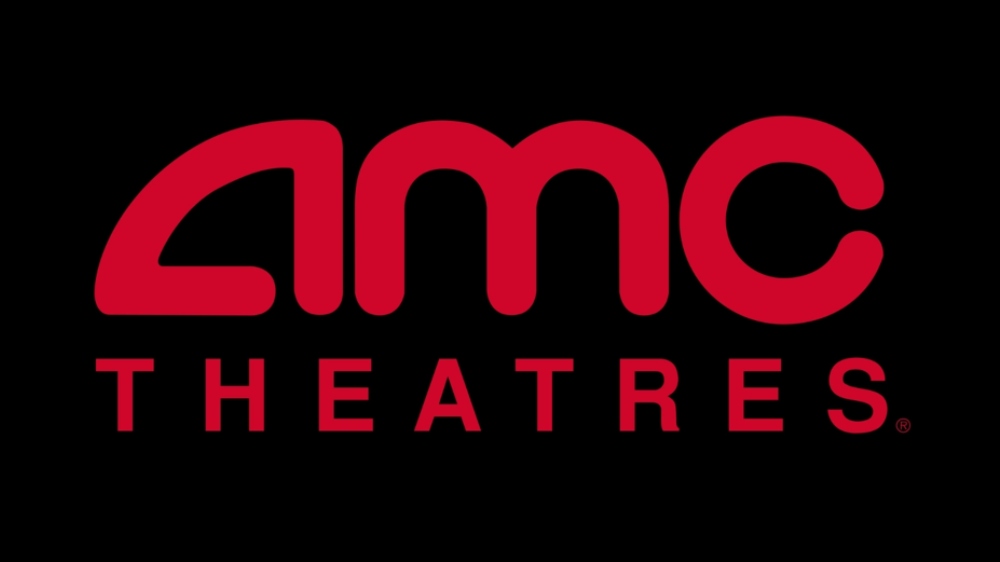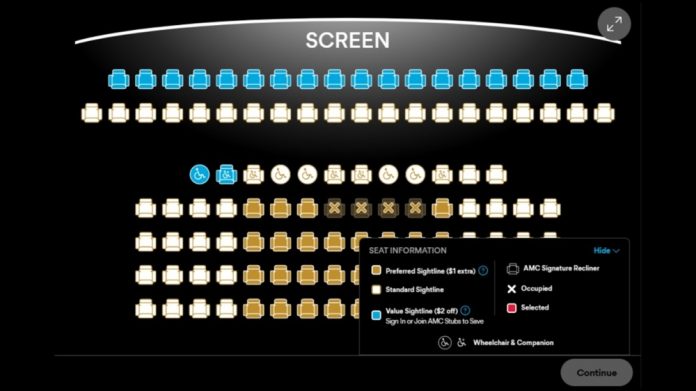This week, the AMC movie theater chain unveiled a plan to charge more money for better seats in their auditoriums, because that’s now a thing we have to deal with in this post-Covid era. Netflix is cracking down on password sharing, AMC is aping the policy of live theater, and we’re all headed straight for bankruptcy. Obviously.
Okay, so maybe that’s overstating things a touch. The truth of the matter is that AMC has been playing with alternative pricing for years. Before the company introduced its Stubs Premier — later to be renamed A-List — rewards program, which allowed members to pay $19.95 per month to see up to three movies per week, on Tuesdays you could see any movie for just $5 bucks. In cities other than New York, the company offered afternoon matinee prices, a benefit that eventually did make its way to the Big Apple a few years later.
The cost of the membership has gone up some in the ensuing years — it’s now at $24.95 per month — but if you’re someone who enjoys going to the movies and you’re living anywhere near an AMC, the thing pays for itself pretty quickly. I used to take the company for a fortune every month, finding it a disappointing week if I didn’t see three movies — a wasted opportunity.
I’m in the minority, of course, and now that I’m not living full-time in the city anymore, instead residing in a place where there’s no AMC within 50 miles, I continue to pay the monthly fee almost out of a sense of penance, letting the company get back some of the hundreds or even thousands of dollars I cost it over time.
The fact that it’s now exploring the possibility of charging more for better seats didn’t come as a surprise to me, and even though I think it’s a terrible idea, I also sort of understand it. This is the same company, after all, that charges $28 for a seat in its Dolby Cinema or the IMAX theater at the 68th Street complex on the Upper West Side. Twenty-eight bucks for a single ticket to a movie. Not to get all Old Timer on you, but I remember being able to see a movie for, like, two bucks when I was a kid. I remember, in fact, reading the New York Times review of the 1986 action comedy Running Scared in which Vincent Canby said your six dollars would be better spent elsewhere, and we all thought, “Wait, a movie in New York City costs six dollars? That’s insane!” But I digress.

Now, there is context to the ticket price, and I don’t want to ignore that. You’re no longer paying for crummy, broken down, uncomfortable seats packed in together with no legroom. You’re in plush recliners, or stadium-style seating with no obstructed views, with digital projection that will burn your retinas and surround sound that will blow out your eardrums — a moviegoing experience that we could not have conceived even a couple of decades ago. The IMAX experience is constantly being upgraded, with laser technology and increasingly impressive and technologically advanced sound.
But even with that in mind, the idea of charging more for tickets in the middle of the theater — especially considering that the way the theaters have been redesigned and refurbished, sitting on the end of an aisle really isn’t all that different than sitting in the middle — seems pretty foolish to me. It’s one thing to change pricing when you’re actually trying to entice viewers into the theater, but when you’re punishing them for wanting better seats, and you’re already having trouble getting them in the door, you run the risk of them not coming back at all.
The increasing expense of a movie has always felt like a frog-in-boiling-water situation to me. We never complained that much because it inched up a bit at a time. And then, all of a sudden, we looked up and realized that going to the movies cost way more than it used to, but we were so used to paying a fairly absurd amount for the privilege of seeing a movie on the big screen that we didn’t complain. Or, at least, we complained a little and then paid the fee anyway, because that’s what we do.
Sometimes, we’d get a little surprise. Five-dollar Tuesdays were one. Another example is the lower ticket prices for 80 for Brady this past weekend in an attempt to woo older audiences back to theaters. And that’s all great, because we’re programmed to appreciate bargains. We pay a certain price for something, and then when we’re offered a chance to have the same thing for less, we jump at it. Particularly now, when everything comes at such a premium, and our dollars don’t seem to stretch as far as they used to.
Turn that around, though, and suddenly start charging us more for the same thing, and doing so in an ostentatious manner — like, say, suggesting that someone might have to pay more than someone else for tickets to the same movie at the same time in the same theater — and the push back is going to be fierce, and it’s going to be legitimate.

But Neil, you might say, what about the different prices people pay for those Broadway shows? Or any live theater, for that matter? Well, I’m so glad you asked. When you’re going to live theater, the dynamics are different. Sight lines, acoustics, and the shape of the theater itself all factor in, and the whole point is that sitting front and center is going to give you a better experience. That’s live theater.
Movie theaters, however, are designed to allow you to enjoy a movie as much in the back row as in the front. The sound, the picture, they’re supposed to be the same — the only thing changing is the angle from which you’re watching. To ask for more money to get one of the few seats in the center of the theater or in specific rows seems to be asking for trouble, even if they’re also charging less for seats that are not considered quite so choice. The front row, for instance, will come at a discount. Honestly, this is something that probably should have happened a while ago, because while I stand by the sight lines comment above, having to crane your neck to watch a movie isn’t ideal either, and should probably cost less given the added aggravation.
The overall plan is not dissimilar from the impending crackdown on password sharing that Netflix has been planning. How many people does the company think are going to sign up for a new account and pay upwards of $20 bucks per month to watch the increasingly second-rate streaming service without ads? I understand it won’t necessarily lose money since people who aren’t paying for the service because they’re mooching off of others’ accounts won’t cost Netflix dough if they leave. But is the small amount of money it’s going to make with new accounts going to offset the negative reaction? What’s the true cost of all these negative headlines? Can you put a price on those?
It’s an interesting question, one that we can now ask two different entertainment companies between AMC and Netflix. I suspect that in both cases, the answer will be the same.
 Neil Turitz is a journalist, essayist, author, and filmmaker who has worked in and written about Hollywood for more than 25 years, though he has never lived there. These days, he splits his time between New York City and the Berkshires. He’s not on Twitter, but you can find him on Instagram @6wordreviews.
Neil Turitz is a journalist, essayist, author, and filmmaker who has worked in and written about Hollywood for more than 25 years, though he has never lived there. These days, he splits his time between New York City and the Berkshires. He’s not on Twitter, but you can find him on Instagram @6wordreviews.
You can read a new installation of The Accidental Turitz every Wednesday, and all previous columns can be found here.



